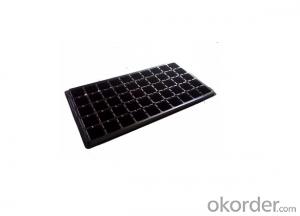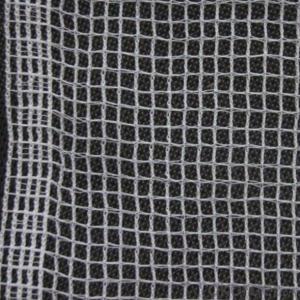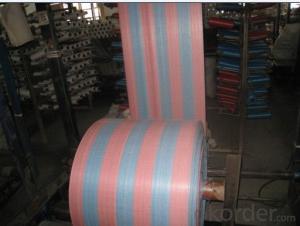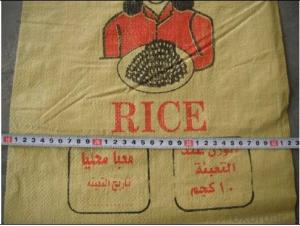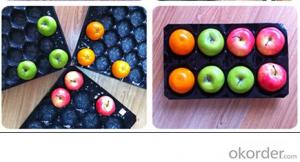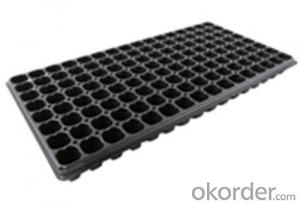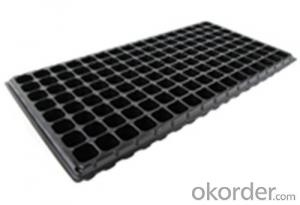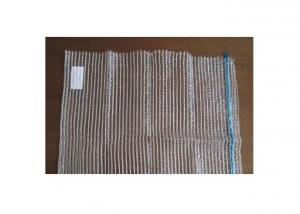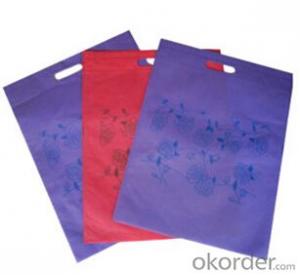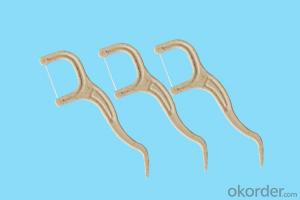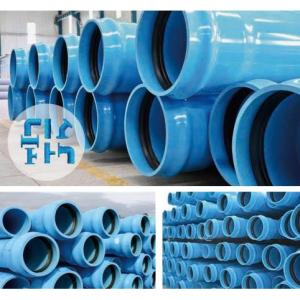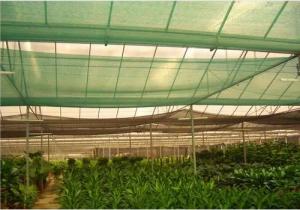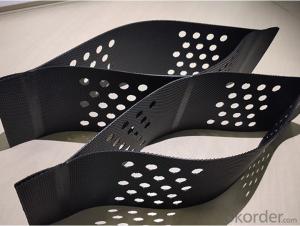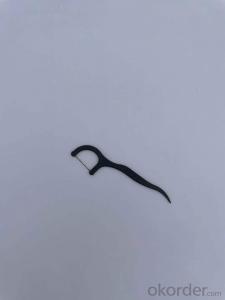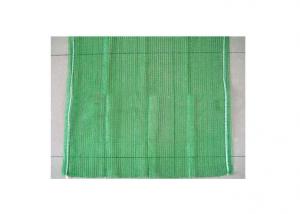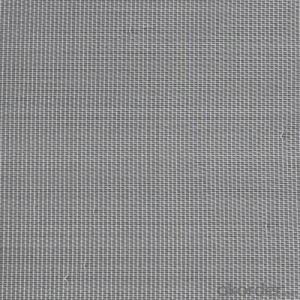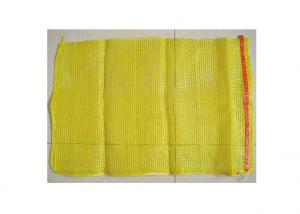Plug Trays Greenhouse Usage HIPS Made Plastic Seed Tray Flower Pot
- Loading Port:
- China main port
- Payment Terms:
- TT OR LC
- Min Order Qty:
- 3000 pc
- Supply Capability:
- 50000 pc/month
OKorder Service Pledge
OKorder Financial Service
You Might Also Like
Brief Introduction to CNBM:
CNBM International Corporation (CNBM International) is the most important trading platform of CNBM Group Corporation, a state-owned company under the direct supervision of State-owned Assets Supervision and Administration Commission of the State Council.
CNBM International is highly recognized by its business partners and clients all over the world and has obtained rapid development under the spirit of win-win. We will carry on the mutual beneficial, innovative and revolutionary trading structure as we did before, create value for our employees, share holders and clients and benefit the whole society in our future development.
Features of Plug Trays (Growing and Seedling) HIPS Made Plastic Plug Tray for Greenhouse:
· Material: HIPS
· Thickness: 0.5mm-1.5mm, Standard:1mm
· Weight: 80g(±5)g-230g(±5)g, Standard weight:155g(±5)g
· Size: length:490mm-540mm, width:190mm-345mm,depth:25mm-150mm
· Standard:540mmX280mm
· Cell count: 18-512
· Package: In Carton
· Warrenty: 8-10 times
Picture:
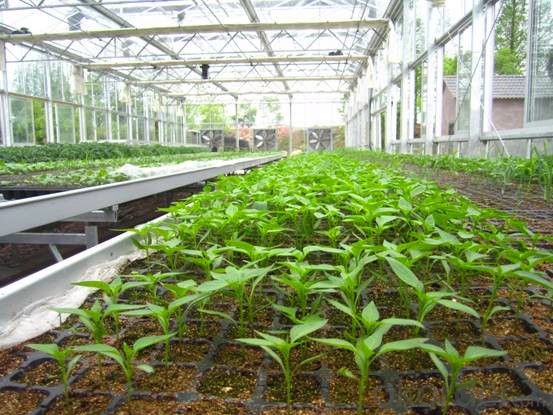
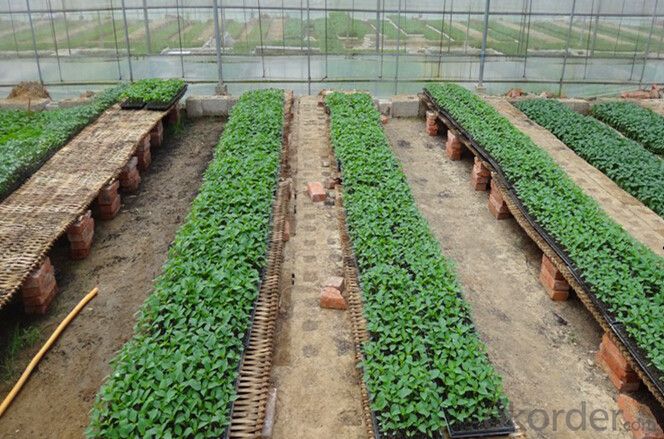
Specification of Plug Trays (Growing and Seedling) HIPS Made Plastic Plug Tray for Greenhouse:

FAQ of Plug Trays (Growing and Seedling) HIPS Made Plastic Plug Tray for Greenhouse:
Q:1.How many times can the seed tray be used?
A: Under the same environment, it is decided by the thickness. Usually 0.6mm thickness can be used for 1 or 2 times.
1.0 thickness can be used for 3-4 times. 1.5 thickness can be used for 8-10 times.
Q: 2.How long is the production time?
A: Usually one to two weeks.
Q: 3.How is the seed tray being packaged?
A: They can be packaged in carton or pallets. Carton size is 1375px*725px*1250px.
- Q:What do you think about using plastic bags. Myself and a few people at my school are doing a project, and we want to make a survey about what people think about plastic. And why do you use them or not use them? Thanx
- they are terrible. they pollute the oceans a lot. some chemicals were found in fish that humans regularly eat and they come from plastic. using a cotton bag is better. it lasts for a very long time, unlike plastic that is discarded in the same day as people buy it, and it doesnt harm the environment that much like plastic does. it can take hundred years for plastic to decompose. its not a good thing, especially cause they release chemicals. plastic in oceans is photodegrading, it falls apart into small particles and then fish think its food and eat it, and whales eat it together with plankton. if you excavate an old leather or cotton bag, its actually interesting, but a plastic bag is disgusting.
- Q:How does agricultural plastic affect crop spacing and plant density?
- Agricultural plastic can have both positive and negative effects on crop spacing and plant density. On one hand, plastic mulch or ground cover can help maintain consistent spacing between plants and improve plant density by suppressing weed growth and reducing competition for nutrients. Plastic mulch can also help conserve soil moisture, regulate soil temperature, and increase overall crop yield. On the other hand, improper or excessive use of plastic mulch can hinder plant growth, as it may restrict root development, limit air circulation, and impede water drainage. It is essential to carefully consider the type and application of agricultural plastic to ensure it enhances rather than disrupts crop spacing and plant density.
- Q:Are nursery trays suitable for growing fern allies?
- Yes, nursery trays are suitable for growing fern allies. Fern allies, such as clubmosses, horsetails, and spike mosses, have shallow root systems and can be easily grown in nursery trays. These trays provide adequate space for their growth and allow for proper drainage and aeration. Additionally, nursery trays are convenient for maintaining a controlled environment and can be easily moved if needed.
- Q:Can nursery trays be used for bulb propagation?
- Yes, nursery trays can be used for bulb propagation. These trays provide a convenient and organized way to plant and propagate bulbs, allowing for easy monitoring and care. The trays also typically have adequate drainage, which is essential for bulb growth.
- Q:i was wondering as to how people print on hard plastic (like the letters on a keyboard or the numbers on a ruler), does it have to be done industrially or can it be a DIY job. also are there any paints that you can use on plastic, that wont scrape of easily.
- Because there are many different types of plastic there are many different ways of embossing plastic with writing, etc... For the most part embossing is one of the manufacturing processes used to make a plastic part that needs writing, etc... The best you might do as DIYer is to use labels glued to plastic, or if the plastic is hard enough then it could be mechanically etched. Painting is again determined by the type plastic that you want to paint. Composites that use resins (thermoset polymers) can often be painted where as molded products (thermoplastics) cannot usually be painted successfully..
- Q:Can ground cover plants be used in place of traditional lawns?
- Yes, ground cover plants can be used as an alternative to traditional lawns. Ground cover plants offer various benefits such as reduced water usage, low maintenance requirements, erosion control, and biodiversity support. They also provide unique and visually appealing landscapes while minimizing the need for mowing, fertilizers, and pesticides.
- Q:What are the different types of plastic films used in horticulture?
- There are several different types of plastic films used in horticulture, including polyethylene (PE) films, ethylene-vinyl acetate (EVA) films, polyvinyl chloride (PVC) films, and polypropylene (PP) films. PE films are the most commonly used and are known for their durability and flexibility. EVA films provide excellent UV resistance and are often used in greenhouse applications. PVC films offer high clarity and are used for short-term applications. PP films are lightweight and resistant to chemicals, making them suitable for agricultural purposes.
- Q:What are some ground cover options for areas with high foot traffic and wear?
- Some ground cover options for areas with high foot traffic and wear include turf grasses (such as Bermuda grass or Zoysia grass), clover, creeping thyme, and creeping juniper. These options are known for their durability, ability to withstand heavy use, and resilience to foot traffic.
- Q:How does agricultural plastic affect water conservation?
- Agricultural plastic can have both positive and negative impacts on water conservation. On one hand, the use of plastic mulch and drip irrigation systems can significantly reduce water wastage by minimizing evaporation and directing water directly to the roots of plants. This can lead to higher water use efficiency and reduced water consumption in agriculture. On the other hand, improper disposal or management of agricultural plastic can contaminate water sources. Plastic waste can end up in rivers, lakes, and oceans, posing a threat to aquatic life and impacting water quality. Therefore, responsible plastic waste management practices are crucial to mitigate the negative effects on water conservation.
- Q:I'm currently searching for new glasses, and to save money I was thinking of getting plastic lenses instead of polycarbonate. I know polycarbonate is shatter proof, but I already have a pair of beat up polycarbonate eye glasses that I use for sports/play. The plastic lense glasses would strictly be used just for casual things.Also, I have somewhat of a high prescription (-3.00, and -3.50), do you think the lenses would be very thick? I'm thinking of getting thick preppy designer frames, so I doubt it's very noticeable... Is there anything else I need to know about plastic lenses? Any tips? Further warnings I should know about? Give me your recommendation please!
- Plastic will be a little thicker. This will matter less if you chose a small frame or one that is a little thicker. You probably should get scratch resistant coating and UV protection. These are both included with polycarbonate but need to be added to regular plastic. At our office adding both of these options to plastic pushes the price above polycarbonate.
1. Manufacturer Overview |
|
|---|---|
| Location | |
| Year Established | |
| Annual Output Value | |
| Main Markets | |
| Company Certifications | |
2. Manufacturer Certificates |
|
|---|---|
| a) Certification Name | |
| Range | |
| Reference | |
| Validity Period | |
3. Manufacturer Capability |
|
|---|---|
| a)Trade Capacity | |
| Nearest Port | |
| Export Percentage | |
| No.of Employees in Trade Department | |
| Language Spoken: | |
| b)Factory Information | |
| Factory Size: | |
| No. of Production Lines | |
| Contract Manufacturing | |
| Product Price Range | |
Send your message to us
Plug Trays Greenhouse Usage HIPS Made Plastic Seed Tray Flower Pot
- Loading Port:
- China main port
- Payment Terms:
- TT OR LC
- Min Order Qty:
- 3000 pc
- Supply Capability:
- 50000 pc/month
OKorder Service Pledge
OKorder Financial Service
Similar products
New products
Hot products
Hot Searches
Related keywords
